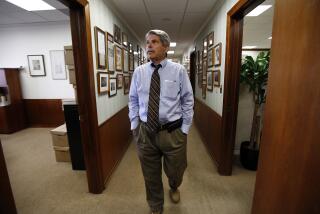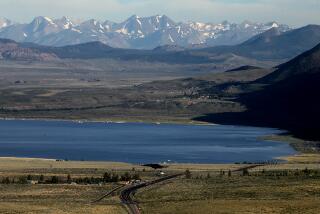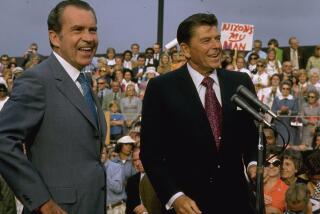Gerald Haslam, author who chronicled life in rural California, dies at 84
- Share via
Growing up in the 1950s, author Gerald Haslam developed what he called a perverse pride in a taunt hurled at the people of his hardscrabble Central Valley town: Oildale Okies.
The Kern County community was known for its Dust Bowl migrants, people looked down upon by other Californians who labeled them — and their neighbors — dirty and poor. The air smelled of crude oil. The heat seared. The dust devils danced in the ever-present wind.
By Haslam’s account, Oildale was characterized by “a combination of conviviality and bigotry.” But for the most part, people looked out for one another, worked hard and, above all else, told good stories. His hometown, he wrote, “had plenty of warts, yet I loved it.”
It was the kind of unglamorous inland rural place Haslam always called “the other California.” It was his California.

A prolific novelist and historian who wrote about life in the Central Valley with both dignity and unflinching honesty, Haslam died at Petaluma Valley Hospital in Petaluma on April 13, his daughter, Alexandra Russell, said. He was 84.
The cause was prostate cancer, which was first diagnosed in 1996, Russell said.
Among his 21 fiction and nonfiction books, Haslam wrote: “Okies: Selected Stories”; “The Other California: The Great Central Valley in Life and Letters”; “Straight White Male’; and “Workin’ Man Blues: Country Music in California.” He edited eight other books.
His work garnered a range of literary honors, and, in 1978, he was named an Honorary Okie by the state of Oklahoma.
Haslam’s writings — which included hundreds of contributions to newspapers, magazines, journals and anthologies — were mostly set in the Central Valley.
“It harbors no movie stars, no beaches, no redwoods, but has an abundance of tenacious people of all colors, as well as miles and miles of farm and ranch land, rich oil fields, and communities churning with desperation, joy, passion, and hope, or the hope of hope,” he wrote in “Haslam’s Valley.” “Pretty? Not generally. Rich? For a few. Interesting? Oh yeah.”
Mike Russo, owner of Russo’s Books in Bakersfield who got to know Haslam through two decades of book signings, said the author had credibility in a region too-often maligned by outsiders whose view of the California experience is limited to Los Angeles and San Francisco.
Haslam’s writing, he said, celebrated the triumphs of the Central Valley — and did not sugarcoat its shortcomings.
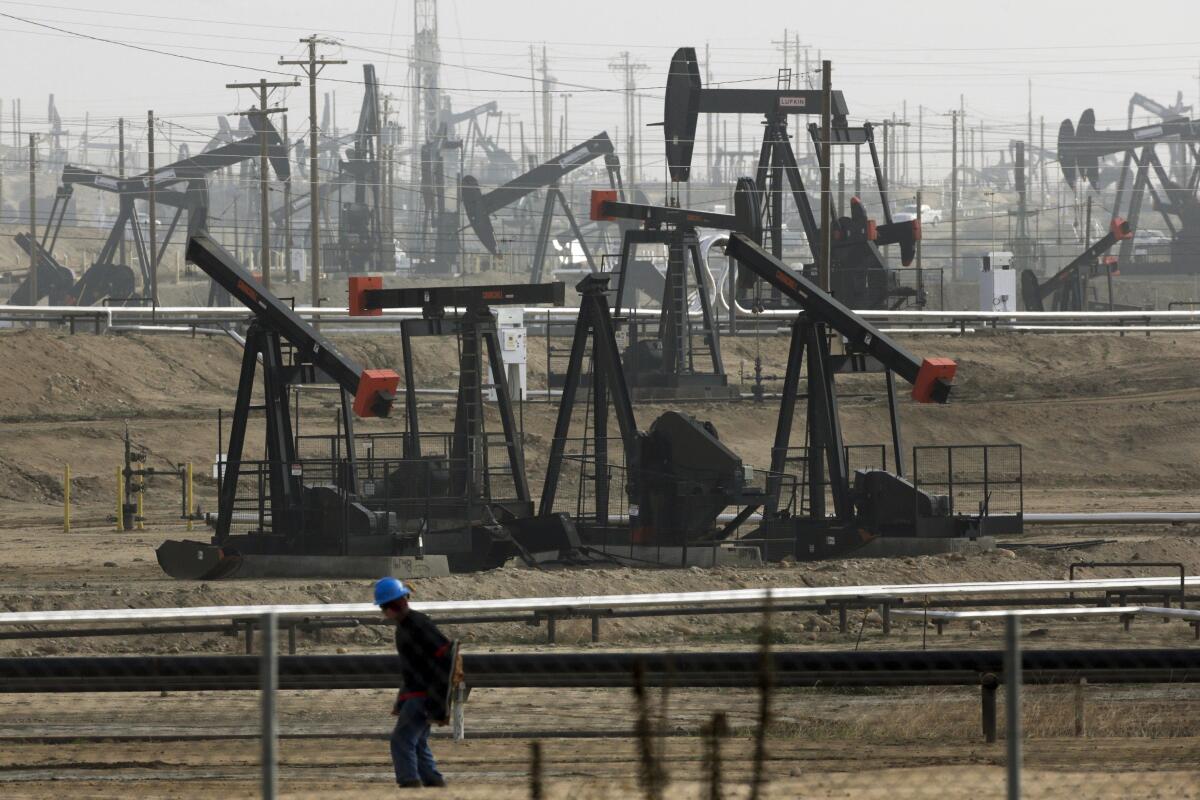
“Oftentimes we feel like the rest of the state and rest of the country doesn’t really understand us,” Russo said. “But Gerry understood us. Gerry was us. ... He lifted the lid on the Valley and let people see we’re part of California too.”
In a column for the Tulare County-based Sun-Gazette newspaper, Trudy Wischemann wrote that Haslam “set us apart from the golden images and latte lifestyles of the coast, the urban enclaves, and identified our unglorified lives on the agricultural landscape as honorable.”
Born in Bakersfield on March 18, 1937, Haslam was the only child of an oil worker previously from Texas and a housewife whose family had been in California since it was part of Mexico. He was always tagging along to the library with his mother, who loved to read to him.
Haslam was a classmate of Oildale native Merle Haggard and spent his youth working on drilling rigs and in potato fields and packing sheds. He used money from seasonal farm work to buy his first copy of John Steinbeck’s “The Grapes of Wrath” and saw the fictional characters reflected in his own neighbors.
“In my summer agricultural job, I had seen fellow workers arrive in geriatric cars, wearing ragged clothes and worn shoes ... if any,” he wrote in the Bakersfield Californian. “Every time I crossed the Kern River bridge then the remains of a ‘Hooverville’ camp still sheltered a few newly arrived families living in old cars or tents or cardboard huts.”
After a brief stint in the Army, Haslam married Janice Pettichord — a former Miss Kern County — in 1961, and they moved to the Bay Area for college. She was a math and computer science teacher, the perfect complement for a man who worked with words, his daughter said.
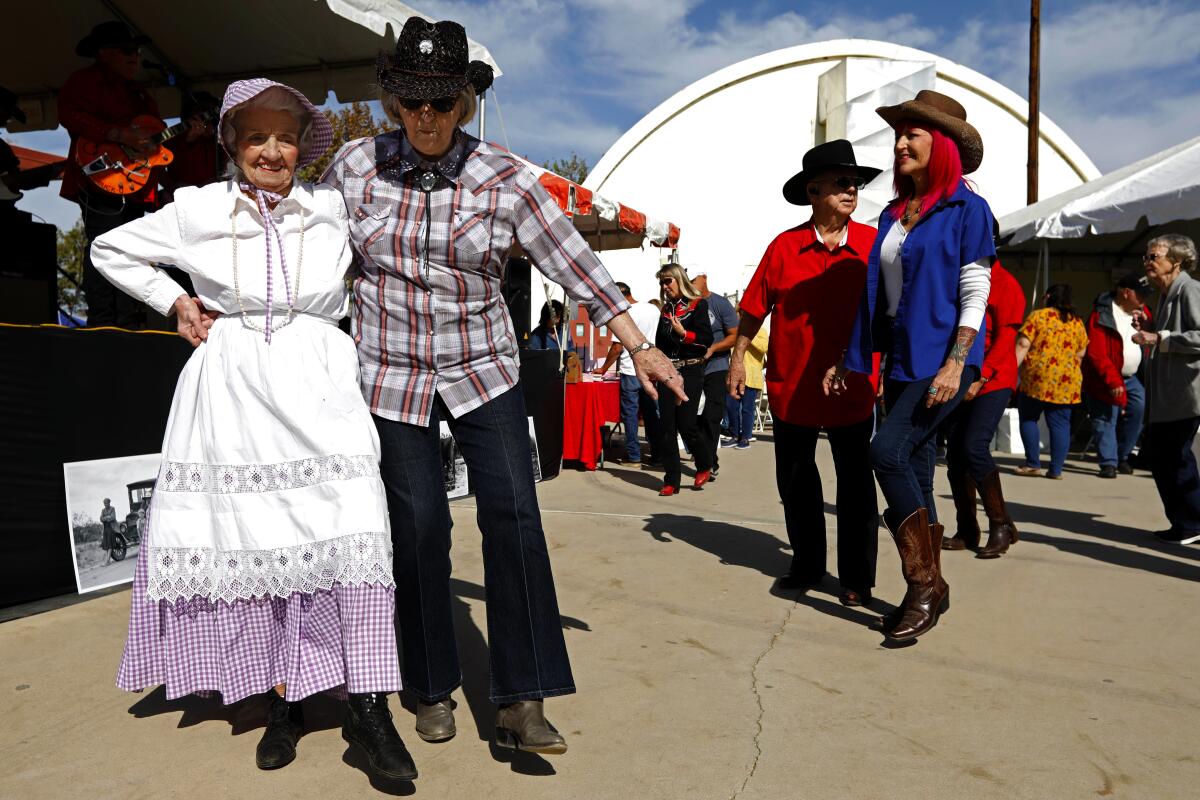
The couple had five children and 14 grandchildren. They would have celebrated their 60th wedding anniversary in July.
Haslam was an English professor at Sonoma State for 30 years, retiring in 1997. There, he established the Okie Studies Project (now the Dust Bowl Migration Archive), a collection that includes letters, diaries, musical scores, photos and a quilt from Depression-era migrants who came to California in the 1930s.
Although he raised his family in Sonoma County, his hometown never left him. Haslam, his wife, his kids and, often, a large dog would pile into the family station wagon several times a year and drive more than 300 miles from Penngrove to Oildale, Russell said.
Every summer, he and his wife hosted a reunion, of sorts, dubbed the Bakersfield Party: a potluck dinner at their house in Penngrove, where they would sit on the deck with friends from the Central Valley, drinking beer and telling stories.
“Oh, my God, for people who are no longer in Bakersfield, those things were like water to a thirsty man in the desert,” said Patricia Puskarich, 83, a friend since childhood and the godmother of one of Haslam’s children.
Puskarich, who still lives in Oildale, said Haslam was a keen observer who always kept a writing pad in his pocket in case something struck him.
He would rise before the sun every day and write for two hours before his children woke and he left for work at the university, said Russell, a writer and editor who collaborated with her father on the 1999 book “Workin’ Man Blues: Country Music in California” and the 1995 anthology “Where Coyotes Howl and Wind Blows Free: Growing Up in the West.”
“It wasn’t like he was the eccentric dad hidden away in the back room,” Russell said. “He coached our soccer and track and cross-country teams. He was involved. ... He just looked at writing like exercise; you have the discipline to put in the work, and it becomes a habit.”
Her father, she said, had a deep need to write and to introduce people to the Central Valley with depth and nuance.
“He brought characters and places to life with honesty and compassion and respect,” she said. “And a fondness for the flaws. The flaws weren’t a deal breaker. They were part of the humanity.”
More to Read
Sign up for Essential California
The most important California stories and recommendations in your inbox every morning.
You may occasionally receive promotional content from the Los Angeles Times.
